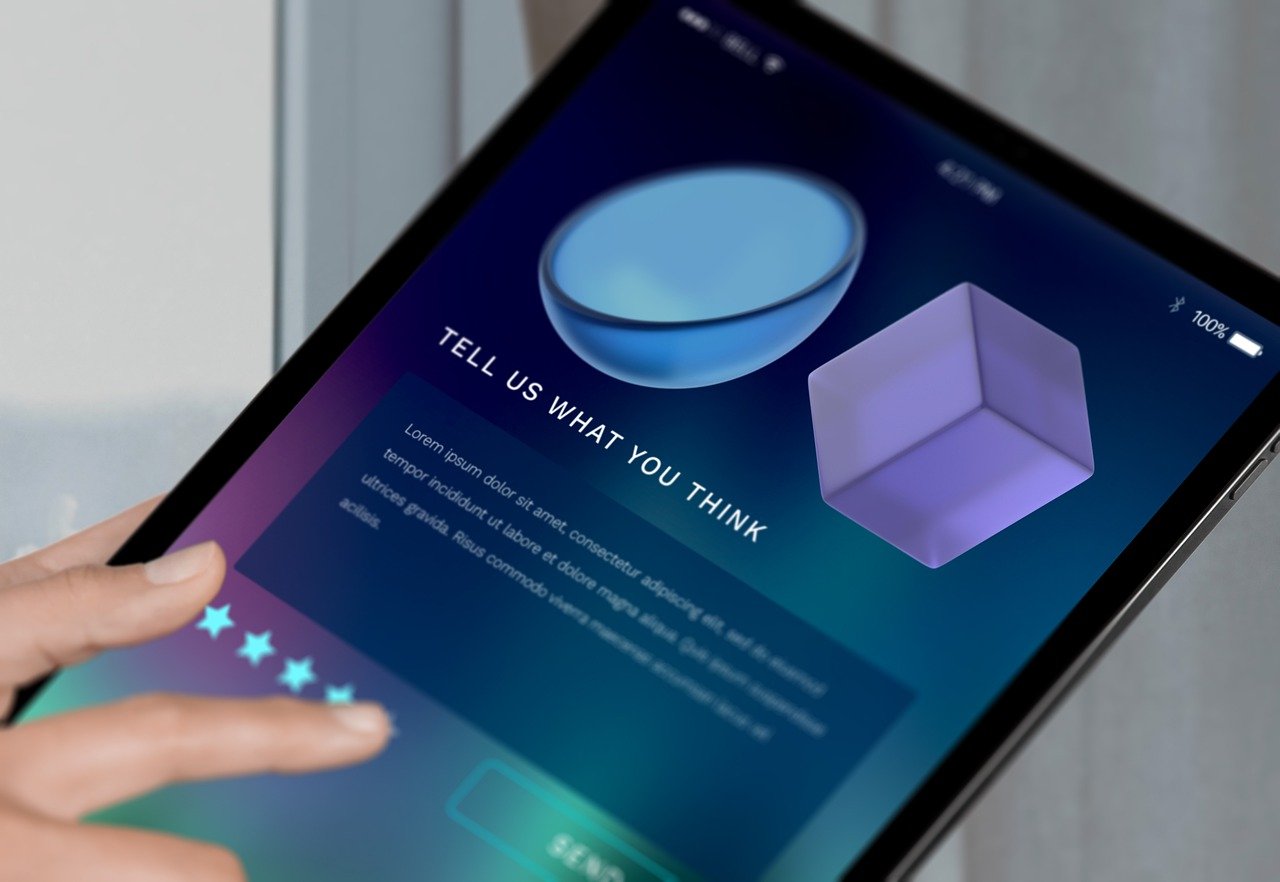For B2B companies, understanding client needs, preferences, and satisfaction levels is essential to driving growth and staying competitive. One of the most effective ways to gather this critical feedback is through customer surveys. However, one common question businesses face is: How often should you deploy these surveys?
The answer depends on a range of factors, including your industry, the nature of your client relationships, and your business goals. In this blog post, we’ll explore the ideal frequency for conducting customer surveys and offer tips on maximizing their impact.
Why Are Customer Surveys Important for B2B?
Customer surveys serve as a direct communication channel between your business and clients, providing valuable insights into areas where you excel and where you might need improvement. In the B2B space, client relationships are often more complex than in B2C, involving higher stakes and longer sales cycles. This makes understanding customer needs and satisfaction even more crucial.
Some benefits of regular customer surveys in a B2B environment include:
- Identifying Areas for Improvement: Surveys allow you to gather specific feedback on products, services, or customer support. For example, if your clients consistently mention slow response times, you know where to focus your attention.
- Tracking Client Satisfaction Over Time: By surveying clients regularly, you can monitor trends in satisfaction and address concerns before they escalate.
- Strengthening Client Relationships: Sending a survey signals to your clients that their opinions matter, fostering a sense of partnership and engagement.
How Often Should You Send Customer Surveys?
There’s no one-size-fits-all answer, but the key is to strike a balance between gathering valuable data and not overwhelming your clients. Below are some of the different types of customer surveys and recommendations on their frequency.
- Transactional Surveys
What are they?
Transactional surveys are sent immediately after a specific interaction with your business, such as a completed sale, a customer service call, or the delivery of a product.
How often should they be sent?
These surveys should be sent every time a qualifying event occurs. For instance, after closing a deal, you could ask the client to rate their experience with your sales team.
Why it’s effective:
- Real-time feedback: You’re able to capture the client’s immediate reaction to a specific interaction, which provides accurate and actionable insights.
- Focused questions: Since these surveys are event-based, they can be kept short and targeted. For example, “On a scale of 1-10, how satisfied were you with the delivery process?”
Transactional surveys in the real world:
A software company could send a transactional survey following a software implementation project. The survey could ask for feedback on the implementation process and any challenges faced. This helps identify whether the client is likely to need additional support or if improvements are needed for future projects.
- Relationship Surveys
What are they?
Relationship surveys assess the overall health of your client relationships, providing a broader view of satisfaction, loyalty, and client perceptions.
How often should they be sent?
Relationship surveys are typically sent once or twice a year. They help gauge overall satisfaction without burdening the client with frequent surveys.
Why it’s effective:
Comprehensive insights: Relationship surveys can cover a wide range of topics, from product satisfaction to service quality and future needs.
Opportunity for proactive improvements: Since the survey addresses the entire relationship, you can uncover strategic insights that help shape long-term planning and client retention strategies.
Relationship surveys in the real world
A B2B marketing agency could send an annual relationship survey to assess how satisfied their clients are with the overall partnership. The survey could include questions on communication, campaign results, and the client’s future marketing needs. This would help the agency identify areas for improvement and offer services aligned with client goals.
- Pulse Surveys
What are they?
Pulse surveys are short, focused customer surveys that track key metrics over time, such as customer satisfaction (CSAT) or Net Promoter Score (NPS). These surveys are designed to provide a quick snapshot of customer sentiment.
How often should they be sent?
Pulse surveys can be sent more frequently, typically on a quarterly or monthly basis, without overwhelming clients due to their brevity.
Why it’s effective:
- Quick insights: Since pulse surveys are short and to the point, clients are more likely to respond, and you can gain regular insights into satisfaction trends.
- Trend tracking: By consistently measuring the same key metrics, you can spot trends and act quickly if satisfaction levels dip.
Pulse surveys in the real world
A B2B IT services company might send a monthly pulse survey asking clients, “How satisfied are you with our technical support this month?” By tracking responses over time, they can identify patterns in client satisfaction and address issues before they escalate.
- Service Completion Surveys
What are they?
These surveys are conducted after completing a major project or delivering a significant service, such as a consulting project, implementation of new software, or a large-scale campaign.
How often should they be sent?
Post-project surveys should be sent at the conclusion of each major project or service. Their timing is based on project completion rather than a set schedule.
Why it’s effective:
- Focused feedback on a specific project: This type of survey provides detailed insights into how well a specific project or service met the client’s expectations.
- Learning opportunities for future projects: Feedback gathered here can be used to refine your processes and service delivery for future engagements.
Post-project surveys in the real world
A consulting firm could send a post-project survey after completing a strategic plan for a client’s business expansion. They might ask for feedback on the clarity of the recommendations and whether the client feels equipped to implement them. This feedback would help improve the firm’s future consulting services.
Best Practices for Customer Surveys
To maximize the effectiveness of your customer surveys, consider these best practices:
- Keep surveys concise: Long surveys can deter responses. Aim for 5-10 questions, with a mix of multiple-choice and open-ended questions.
- Use a variety of survey types: By mixing transactional, relationship, and pulse surveys, you can gather both immediate and long-term feedback.
- Act on the feedback: The insights you gather are only valuable if you act on them. Share the results internally, and create action plans to address any areas for improvement.
- Thank your clients: After they complete a survey, thank them for their time and feedback. Consider offering an incentive for their participation.
Discover the Power of Ambient Array’s Survey Solutions
Ready to enhance your client relationships and drive business growth through insightful customer surveys? Ambient Array offers powerful survey solutions designed to capture valuable feedback from your clients. Our tailored B2B survey strategies ensure you get the data you need without overwhelming your clients.
Contact Ambient Array today to discover how we can help you optimize your customer feedback process and drive your business forward.


